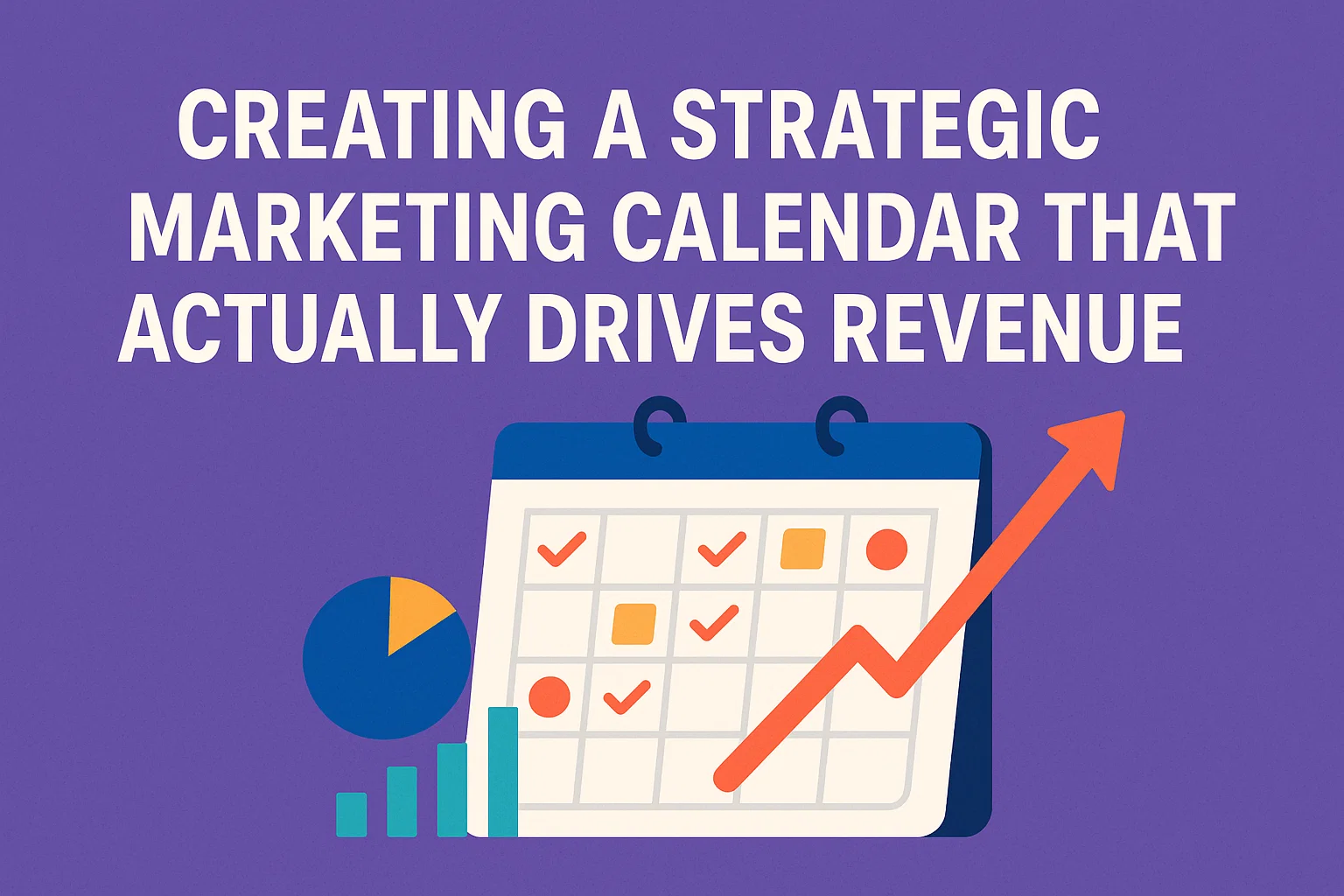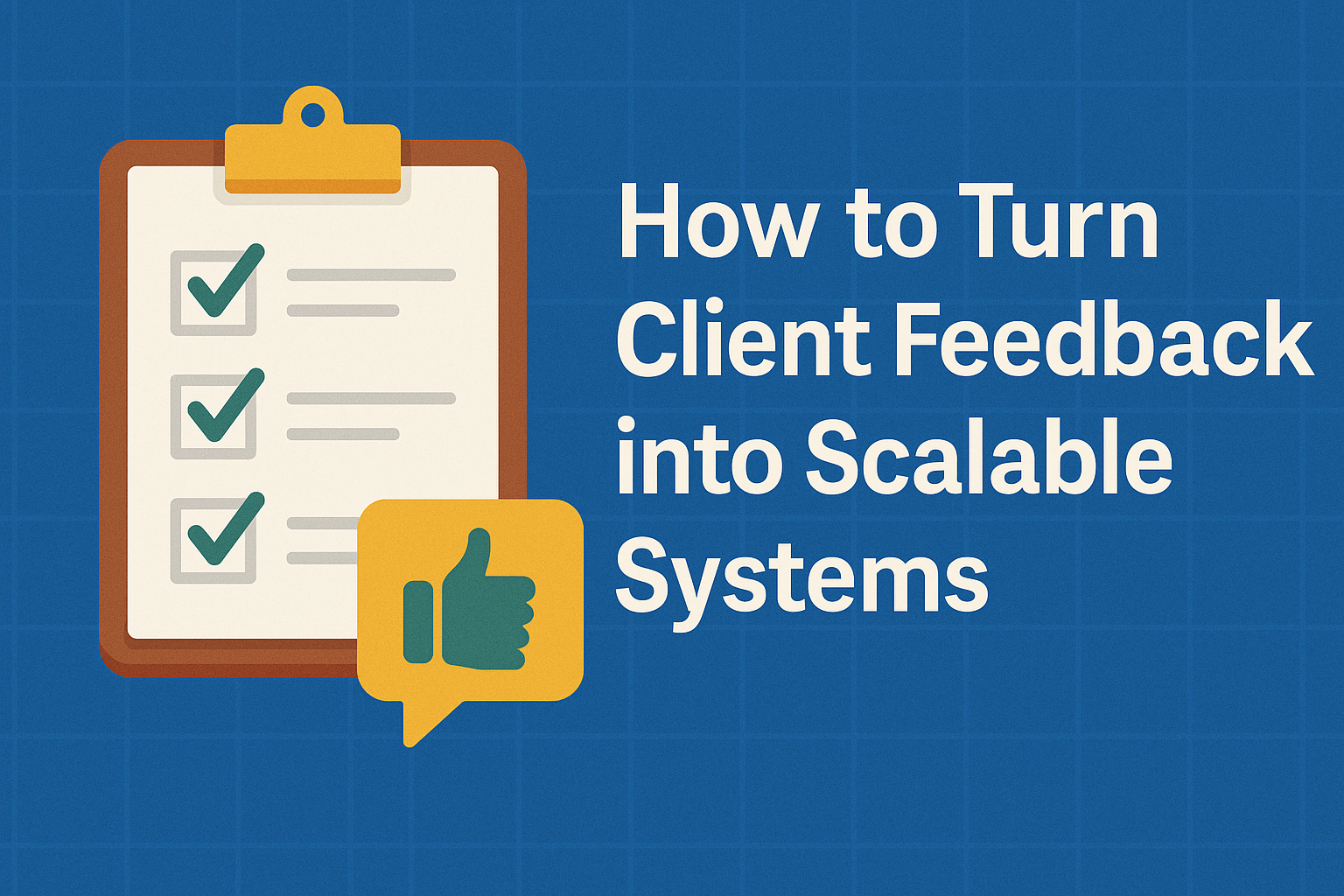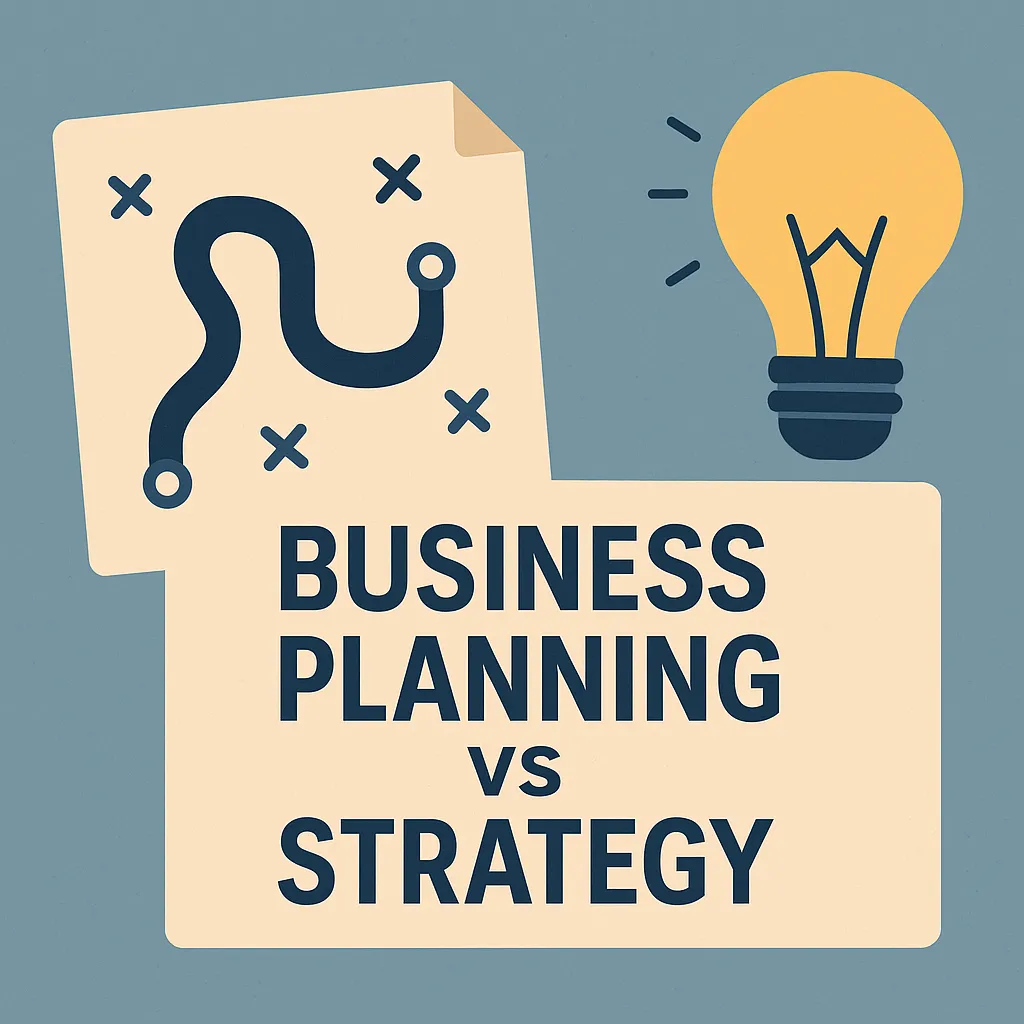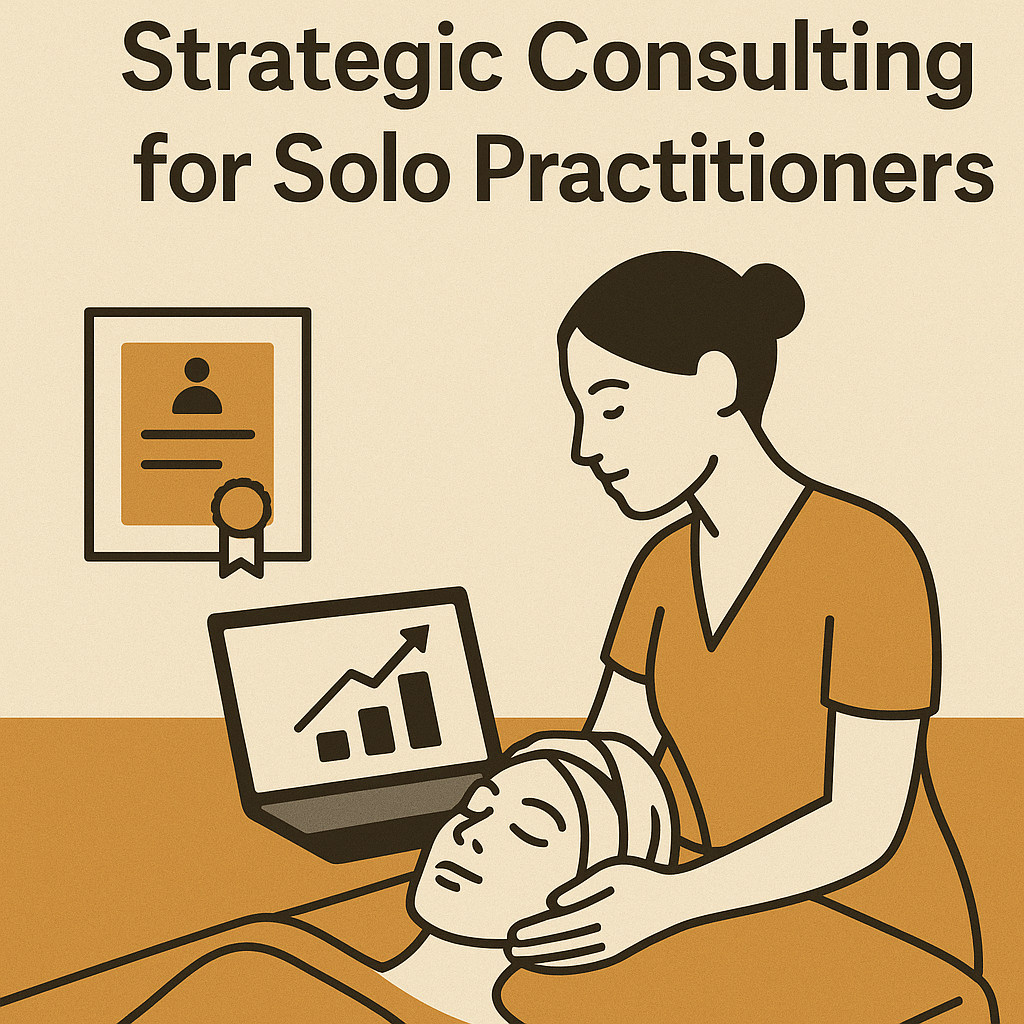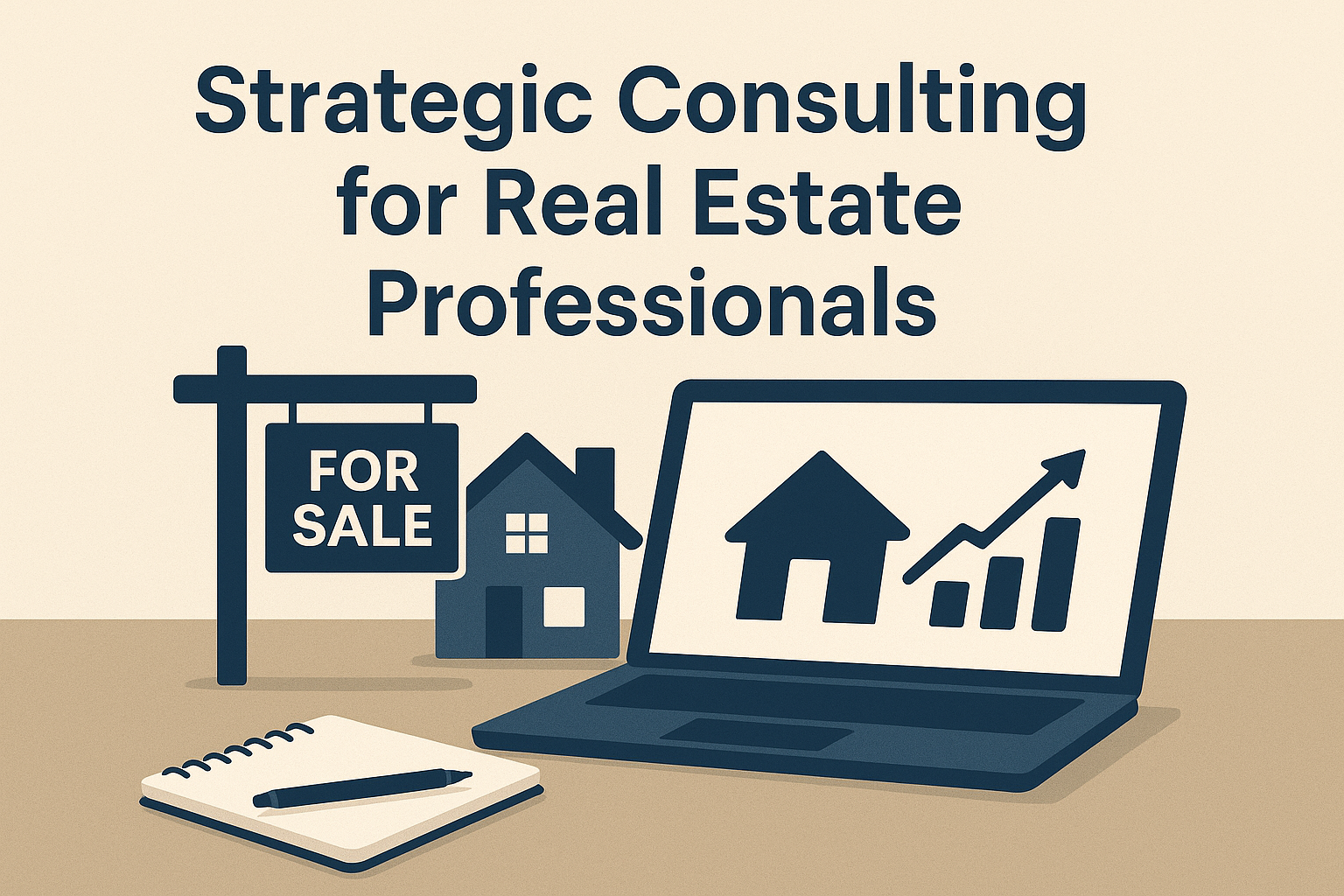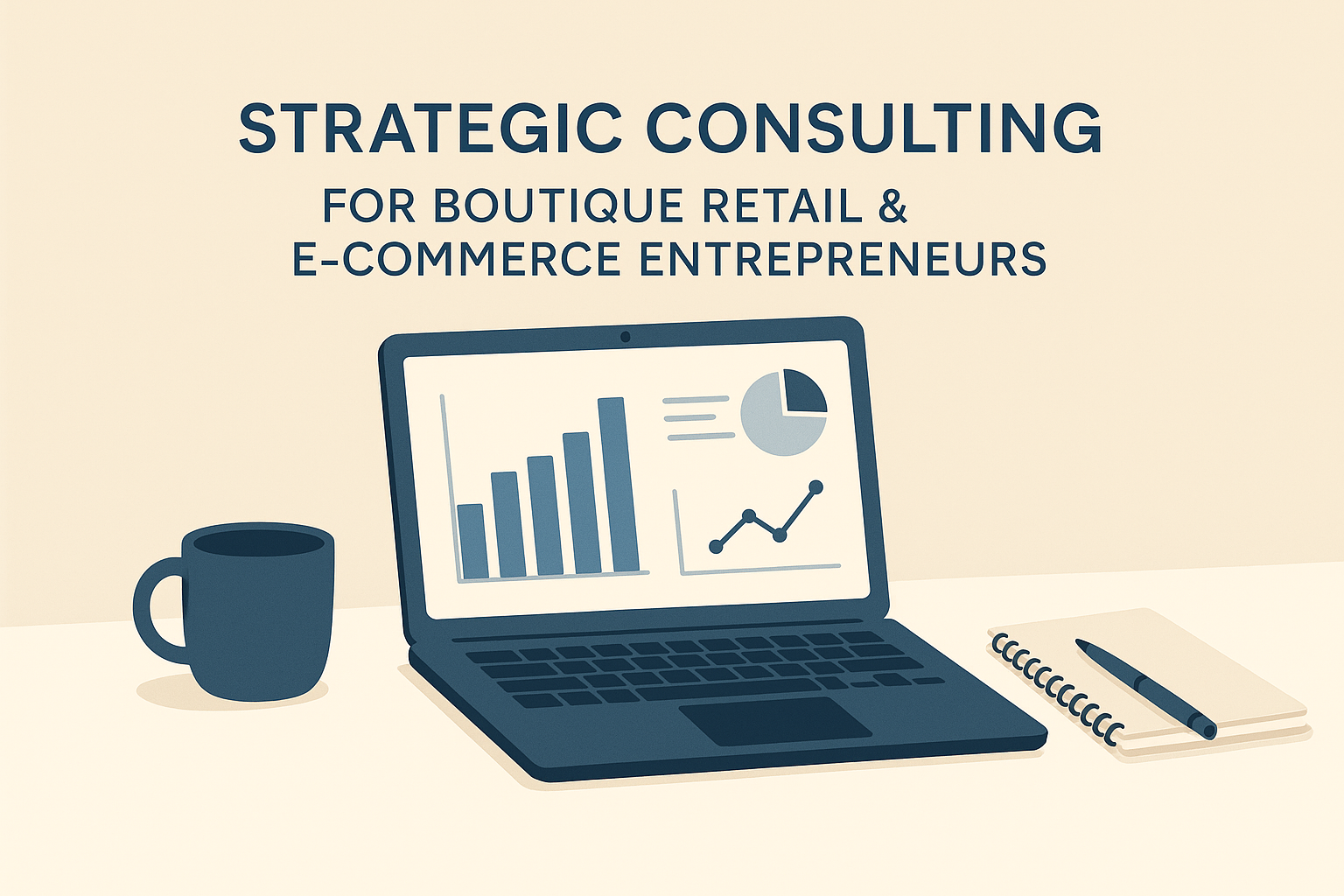For small businesses and entrepreneurs, staying focused on goals without losing sight of day-to-day tasks can be challenging. Quarterly planning helps bridge the gap between big ideas and real results by breaking goals into clear, three-month action plans. This approach lets leaders track progress closely, adjust when needed, and keep teams motivated without feeling overwhelmed by year-long commitments.

With quarterly planning, teams can create specific, time-sensitive targets that match their long-term vision. By checking in every three months, businesses can make smarter decisions, use resources more efficiently, and adapt quickly to new challenges.
Key Takeaways
- Quarterly plans turn long-term vision into practical steps.
- Regular check-ins help teams stay on track and adjust fast.
- Clear goals and team involvement drive better execution and results.
Understanding Quarterly Planning

Quarterly planning helps small businesses and entrepreneurs break down their business goals into shorter, more manageable time frames. This approach makes it easier to measure results, adjust strategies, and create consistent growth throughout the year.
Defining Quarterly Planning
Quarterly planning means setting clear goals and action steps for a three-month period. Businesses use this process to outline what they want to achieve by the end of each quarter. They set specific priorities, assign responsibilities, and plan key tasks.
This shorter cycle helps teams focus on what matters most. It is easier to track progress and spot problems early. Many companies also use these 90-day plans to keep everyone working toward the same goals and maintain steady momentum.
A typical quarterly plan might include:
- Key business goals or objectives
- Major projects and deadlines
- Resource allocation
- Progress tracking methods
Quarterly planning gives structure that annual planning alone may lack.
Benefits for Small Businesses and Entrepreneurs
For small businesses and entrepreneurs, quarterly planning can make managing operations easier. Breaking annual goals into quarters gives clear targets and regular check-ins. Teams are more likely to stay on track because progress is reviewed every few months.
This process helps identify problems and make adjustments quickly. It also encourages better resource management since teams can focus on what is most urgent. Entrepreneurs can use quarterly planning to avoid feeling overwhelmed by large, long-term projects.
Frequent reviews keep everyone accountable. Owners and team members can celebrate wins sooner and react to changes faster. As a result, businesses can adapt to market conditions without losing sight of long-term goals.
Quarterly Planning vs. Annual Planning
Quarterly and annual planning both set goals, but they work differently. Annual planning looks at the big picture and sets goals for the entire year. Quarterly planning divides this period into four segments, each with shorter deadlines.
Quarterly planning:
| Feature | Quarterly Planning | Annual Planning |
|---|---|---|
| Time Frame | 3 months | 12 months |
| Flexibility | High | Lower |
| Review Frequency | Every 3 months | Once a year |
| Detail Level | More specific | More general |
Quarterly planning keeps businesses agile. It allows entrepreneurs to revise plans based on feedback or changes in the market, while annual planning is better for setting long-term direction. Using both methods together supports both day-to-day execution and steady progress toward bigger goals.
Setting Effective Quarterly Goals

Successful quarterly planning connects day-to-day actions to bigger business goals. For small businesses, each quarter is a chance to focus on clear targets, track progress, and stay aligned with long-term direction.
Aligning Quarterly Goals with Long-Term Vision
Quarterly goals work best when they support a company’s long-term vision. This means understanding where the business wants to be in the next three to five years and setting quarterly targets that move toward that destination.
Business owners should start by reviewing their mission, values, and big-picture objectives. Then, they can break these down into themes or focus areas for the next quarter. For example, if a company’s long-term goal is to expand into new markets, then a quarterly goal might focus on market research or building new partnerships.
Aligning short-term actions with long-term priorities helps teams stay on track. It also reduces the risk of spending time on tasks that do not support the overall business strategy. Reviewing progress at the end of each quarter ensures ongoing alignment.
Identifying Clear and Measurable Objectives
For goal-setting to be effective, objectives must be specific and measurable. Vague goals like “increase sales” do not help teams understand what success looks like. Instead, businesses should define objectives with concrete numbers and deadlines.
A good framework is the SMART method, which stands for Specific, Measurable, Achievable, Relevant, and Time-bound. For example:
| Goal Type | Vague | Clear & Measurable |
|---|---|---|
| Sales | Increase sales | Grow sales by 10% by Sept 30 |
| Marketing | Gain followers | Add 500 social media followers |
| Operations | Improve efficiency | Reduce delivery time by 2 days |
Measurable objectives make tracking progress easier. They also help everyone on the team understand how their work contributes to business growth.
Creating Achievable Milestones
Breaking down quarterly goals into smaller milestones makes them less overwhelming and more actionable. Each milestone marks progress along the way and can serve as a checkpoint for review or adjustment.
Milestones should be realistic and spaced out through the quarter. For example, if the quarterly goal is to launch a new product, milestones could include completing product design, finishing testing, and launching marketing campaigns by set dates.
Tips for setting milestones:
- Identify logical steps between the goal’s start and finish.
- Assign owners and deadlines for each part.
- Use a simple dashboard or checklist to track milestones.
This approach can keep teams motivated and allows for quick problem-solving if something falls behind schedule.
Incorporating Short-Term and Long-Term Goals
Quarterly planning should blend immediate needs with actions that support long-term growth. Focusing only on quick wins can lead a business off course, while focusing only on the future may delay critical results.
A balanced approach might look like this:
- Short-term goals: Improve customer response time, launch a marketing campaign, or hire a new employee.
- Long-term goals: Develop a new product line, enter a new market, or build company culture.
By combining both types of goals, small businesses and entrepreneurs can address urgent challenges and set the stage for lasting success. This also helps allocate resources in a way that supports current operations and strategic initiatives. Regular reviews help maintain this balance over time.
Strategic Alignment and Decision-Making
Small businesses and entrepreneurs must connect their high-level goals with concrete actions. This requires clear planning, informed choices, and close attention to the business environment.
Establishing Strategic Objectives
Defining strategic objectives is the first step toward successful alignment. Leaders should create objectives that support the business’s main mission and long-term vision. These objectives must be specific, measurable, and achievable within the quarter.
Examples of Good Strategic Objectives:
- Increase sales to a specific target
- Launch a new product line
- Improve customer retention by a set percentage
Writing down goals gives the team a shared direction. It also helps them track progress and make adjustments as needed. Leaders should involve key team members in this process for better buy-in and accuracy.
Building a Roadmap for Execution
A clear roadmap links objectives with daily actions. A strong execution plan breaks down each strategic goal into smaller, manageable tasks.
A simple table can help with planning:
| Objective | Key Actions | Milestones | Due Dates |
|---|---|---|---|
| Increase sales by 10% | Update website, run ads | Reach 5 new clients | End of Q1 |
| Improve retention by 15% | Launch loyalty program | Survey customers | Mid-Q2 |
Assign roles and deadlines so tasks are clear. Use regular check-ins to review progress and handle problems quickly. Adjust activities based on feedback and performance data.
Evaluating Market Conditions and Opportunities
Quarterly planning should address changes in the market. Business leaders need to gather up-to-date information on trends, customer needs, and competitor actions.
Opportunities can come from shifts in customer demand, new technologies, or gaps in the market. Reviewing these factors every quarter helps businesses stay flexible and respond faster.
Leaders should use data from sales reports, customer feedback, and industry news to inform their strategic approach. This allows decision-making to be grounded in facts rather than guesses or outdated assumptions.
The Quarterly Planning Process
Quarterly planning helps small businesses and entrepreneurs break down their big goals into clear actions. By using a step-by-step framework, planning templates, and best practices, teams can make their plans easier to follow and track.
Step-by-Step Planning Framework
A clear planning framework starts with reviewing progress from the last quarter. It is important to look at what worked, what did not, and why. This helps set realistic goals for the next 90 days.
Next, teams set focused objectives that are specific, measurable, and relevant. These objectives are broken down into key results or milestones. Using methods like Objectives and Key Results (OKRs) can help keep everyone on track.
The final steps include assigning each task to a team member and setting deadlines. Regular check-ins, such as weekly or biweekly reviews, help monitor progress. Adjustments can be made based on what is or is not working.
Example Planning Steps Table:
| Step | Task |
|---|---|
| Review | Analyze last quarter’s results |
| Set Objectives | Define 2-4 clear quarterly goals |
| Break Down Tasks | List action items & assign owners |
| Track Progress | Hold regular check-ins |
| Adjust & Improve | Make changes if needed |
Utilizing Quarterly Planning Templates
A quarterly planning template organizes tasks and goals in one place. It usually includes columns for objectives, action steps, deadlines, and responsible team members.
Templates can be created using spreadsheets, project management tools, or OKR software. Digital templates often feature drop-down menus, progress bars, and alerts for overdue items.
When picking or building a template, it is important to keep it simple and easy to update. The template should support real-time tracking, so everyone knows the current status. Many business owners use templates to quickly spot delays and reassign tasks if needed.
Here is a sample layout for a template:
| Objective | Key Result | Owner | Deadline | Status |
|---|---|---|---|---|
| Launch new promo | 300 sign-ups | Jamie | Jul 31 | On Track |
Best Practices for Effective Planning
To get the most from the quarterly planning process, teams should use clear and realistic goals. Goals should be specific and agreed upon by all team members.
It helps to use goal-setting frameworks like OKRs, which link big objectives to daily tasks. Using OKR software or digital tools can save time and reduce confusion when tracking results.
Communication is key. Teams should hold regular review meetings to talk about progress and roadblocks. It is also smart to adjust the plan based on new data or changes in the business environment. Being willing to change direction can help teams stay on track and reach their targets.
Translating Goals into Execution
Bridging the gap between goals and execution requires turning broad objectives into concrete actions. Small businesses succeed when they combine focused planning, clear metrics, and the right tools for daily task management.
Breaking Down Goals into Actionable Steps
Big goals can seem overwhelming, but breaking them into smaller tasks makes them easier to manage. For example, if a business wants to grow sales by 15% in a quarter, it can split this into steps like launching a new product, expanding to more sales channels, or increasing marketing efforts.
Owners should use a simple process:
- Write down the main goal
- Identify what needs to happen
- Break each need into weekly or daily tasks
Assign specific people to each task and set deadlines. This builds accountability. Using checklists or short action plans for each task helps keep progress visible and steady.
Integrating KPIs and OKRs for Tracking
Numbers make goal progress clear. Key performance indicators (KPIs) track important results, such as sales made, customer sign-ups, or website visits. Regularly reviewing KPIs can show what is working or where changes are needed.
Objectives and Key Results (OKRs) add structure. An objective gives direction, while key results measure if that objective is reached. For example, the objective might be “Improve customer satisfaction,” with key results such as “Increase positive reviews by 20%.” Both KPIs and OKRs should be updated weekly, helping leaders spot trends or slowdowns.
A simple table can help track these:
| Objective | Key Result | Current Status |
|---|---|---|
| Improve website traffic | Reach 5,000 unique monthly visitors | 3,200 |
| Increase monthly sales | $15,000 by quarter end | $8,900 |
Utilizing Project Management Tools
Digital project management tools organize work, deadlines, and team roles. Tools like Trello, Asana, or Monday.com allow team members to view, update, and check off tasks. This prevents confusion and keeps everyone informed.
Project boards or calendars break large projects into phases. Team members can set reminders for daily tasks. Many tools also offer dashboards to view KPIs or the status of tasks in real time.
For very small teams, even shared spreadsheets or simple apps can provide enough structure. The key is to have one place where all tasks, deadlines, and responsibilities are tracked.
Implementing Accountability and Collaboration
Quarterly planning succeeds when each team member knows their responsibilities and communicates clearly with one another. Clear accountability and open collaboration help teams reach their goals faster and fix problems as soon as they come up.
Assigning Responsibility and Accountability
Assigning tasks starts with writing out who owns each goal. Each manager or team member should have clear outcomes they are accountable for. Here is a simple table to help track responsibilities:
| Goal | Responsible Person | Deadline | Outcome Expected |
|---|---|---|---|
| Launch new website | Alex | July 15 | Website live |
| Increase sales 10% | Jordan | Sept 1 | Sales report |
Managers need to check in regularly, not just at the end of the quarter. Weekly or bi-weekly reviews help spot problems early and keep everyone focused.
When people are responsible for clear tasks, it reduces confusion and helps teams make decisions faster. Recognizing progress or finishing tasks on time also builds trust and motivates the team.
Promoting Team Alignment and Collaboration
Team alignment means everyone knows how their work helps reach bigger goals. This starts with leaders sharing clear, simple goals and letting team members ask questions.
Open meetings, frequent updates, and sharing progress help keep everyone on the same page. Using tools like chat apps or shared documents makes it easier to share ideas and updates quickly.
Encouraging team members to give feedback also strengthens collaboration. When people feel their voices matter, they will work better together and solve problems faster.
Simple steps to boost team collaboration:
- Hold short weekly check-ins.
- Use group chat for quick questions.
- Share wins and challenges in meetings.
Clear communication and working together keep everyone moving toward success.
Resource Allocation and Efficiency
Organizing available resources and using them well are critical skills for any small business owner or entrepreneur. Decisions about people, time, and money shape how fast and how well goals can be reached.
Optimizing Resource Allocation
Resource allocation means deciding how to use the team’s time, the business’s money, and the company’s tools or equipment. Setting clear goals for the quarter helps business owners know what is most important. They can then assign resources first to projects that support those goals.
Tips for better resource allocation:
- Make a list of all available resources (staff, funds, technology).
- Match resources to specific tasks with deadlines.
- Use a budget to track spending and avoid running out of money.
- Adjust quickly if you see a project falling behind or over budget.
Good resource allocation can prevent waste and help everyone stay focused.
Improving Operational Efficiency
Operational efficiency means working in a way that gets tasks done faster and with fewer mistakes. Small businesses and entrepreneurs can improve efficiency by using the right tools and cutting out extra steps.
Ways to boost efficiency:
- Use simple digital tools for scheduling, communication, and tracking progress.
- Break big tasks into smaller steps and set short deadlines.
- Hold quick, regular meetings to keep everyone updated.
- Review processes and remove steps that do not add value or slow things down.
Improving efficiency lets teams complete goals within a quarter without burning out or wasting resources. Regular check-ins and technology can help catch problems early and keep work on track.
Tracking Progress and Measuring Results
Small businesses and entrepreneurs need clear systems to know if their goals are being met. Using data-driven approaches helps them make better decisions, improve strategies, and address issues before they become problems.
Establishing Metrics and KPIs
A strong quarterly plan begins with choosing the right metrics and Key Performance Indicators (KPIs). These measures show how well the business is moving toward its goals.
Key metrics can include sales growth, customer retention rates, and profit margins. For teams using Objectives and Key Results (OKRs), each objective should pair with measurable results.
KPIs should be easy to understand and tracked regularly. Teams may use dashboards or spreadsheets to visualize progress.
Monitoring and Tracking Progress
Once KPIs are set, the next step is ongoing tracking. Teams should check progress at least once a month, if not more often.
Regular check-ins allow quick identification of areas needing improvement. Using charts or reports to review tracked metrics helps everyone stay aligned. Tracking software helps automate this process and reduces manual errors.
Making adjustments early, based on actual results, helps teams stay on track to reach quarterly objectives.
Assessing Customer Satisfaction
Customer satisfaction is an important result to measure. It provides direct feedback on products and services.
Common methods include surveys, online reviews, and Net Promoter Score (NPS). Businesses should review this feedback each quarter, looking for trends and repeated issues.
Table:
| Customer Feedback Method | How Often to Review | Example Metric |
|---|---|---|
| Surveys | Quarterly | Average satisfaction score |
| Reviews | Ongoing | Star ratings |
| NPS | Quarterly | NPS score |
Addressing customer concerns quickly helps improve retention and loyalty. It also supports long-term business growth by building stronger relationships with clients.
Conducting Quarterly Planning Meetings
Quarterly planning meetings help small businesses and entrepreneurs stay focused on key objectives and tackle challenges early. Well-structured meetings improve communication, clarify goals, and build team accountability for the next quarter.
Planning an Effective Meeting Agenda
Creating a clear and practical agenda is the first step to a successful quarterly planning meeting. Each item on the agenda should have a set time and a defined purpose to stay on track.
A typical agenda could include:
- Review of last quarter’s results (KPIs, completed goals)
- Discussion of lessons learned and roadblocks
- Setting new goals and priorities
- Assigning action items and owners
A table can help organize the agenda:
| Time | Topic | Purpose |
|---|---|---|
| 15 min | Last Quarter Review | Measure progress |
| 20 min | Lessons & Challenges | Identify improvements |
| 20 min | Set Next Quarter Goals | Define focus areas |
| 15 min | Assign Tasks | Ensure accountability |
Sharing the agenda in advance gives everyone a chance to prepare and bring data or questions.
Facilitating Productive Discussions and Feedback
Effective communication during the meeting keeps the team engaged and focused on solutions. The meeting should allow team members to share their ideas, concerns, and successes without fear of criticism.
The leader should ask direct questions and encourage specific feedback, for example:
- “What slowed us down last quarter?”
- “Which targets felt out of reach?”
Using a round-robin format can help ensure all voices are heard. Regular feedback encourages honest discussion and helps spot problems early.
Recording notes and clear action items makes it easier to follow up after the meeting. This helps everyone stay accountable and track progress before the next quarterly meeting.
Review, Adaptation, and Lessons Learned
Regular reviews allow teams to measure progress against goals and adjust strategies based on real results. Learning from past efforts and having contingency plans ready help small businesses stay flexible and resilient in changing situations.
Conducting Post-Quarter Reviews
A post-quarter review is best done as a team meeting soon after the quarter ends. Staff should gather relevant data, including goal outcomes, key performance indicators (KPIs), and project status. Comparing these results to initial plans helps identify what was achieved and where gaps remain.
The team should discuss both successes and missed targets. This opens a transparent dialogue about what worked and what didn’t. Using clear metrics and facts reduces bias and keeps the focus on improvement.
Leaders can make a checklist for these reviews:
- Compare actual results to goals
- Highlight reasons for any variances
- Listen to team feedback
- Identify any outside factors that hindered progress
This process ensures everyone is informed and stays aligned on priorities.
Documenting Lessons Learned and Adjusting Plans
Documenting lessons learned is key for growth. Team members should write down examples of what helped success and what caused setbacks. Simple templates can list out points under “Wins,” “Challenges,” and “Improvements Needed.”
Sharing this document with everyone builds knowledge across the company. More importantly, applying these lessons means updating operating procedures or revising processes. For example, if a marketing effort did not work, the team might change the target audience or try a different message next quarter.
Regular updates to plans based on feedback increase the chance of hitting future goals. It is not enough to just reflect—real change happens when lessons are acted upon and tracked going forward.
Preparing Contingency Plans
Contingency plans help small businesses act fast if things go off track. Key areas to plan for include sudden drops in sales, unexpected expenses, team changes, or supply chain issues. A clear backup plan lists steps to take, people responsible, and ways to measure impact.
Creating a simple table can help:
| Risk Example | Action Plan | Owner |
|---|---|---|
| Sales below target | Launch promo campaign | Marketing Lead |
| Supplier delay | Use backup supplier | Ops Manager |
| Staff absence | Assign backup roles | HR |
Reviewing and updating these plans each quarter ensures the business is ready for challenges.



